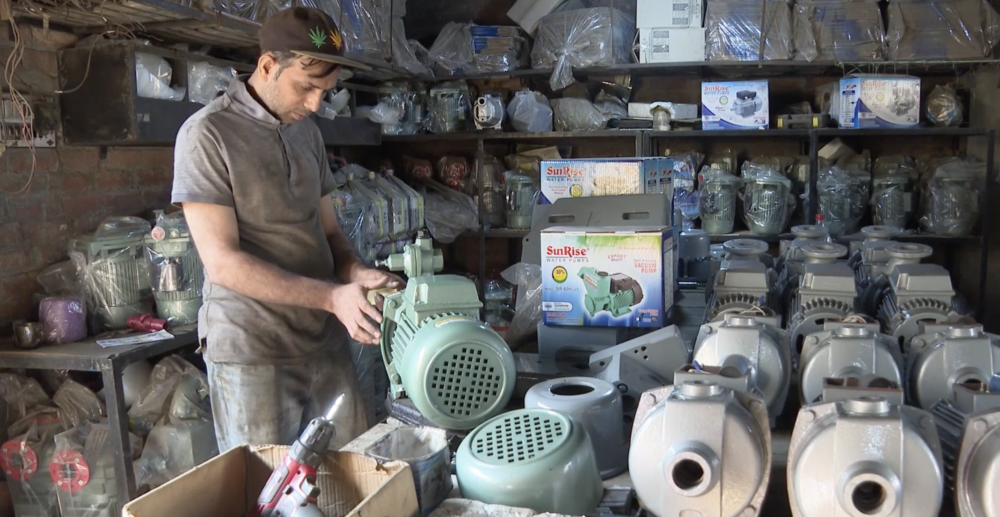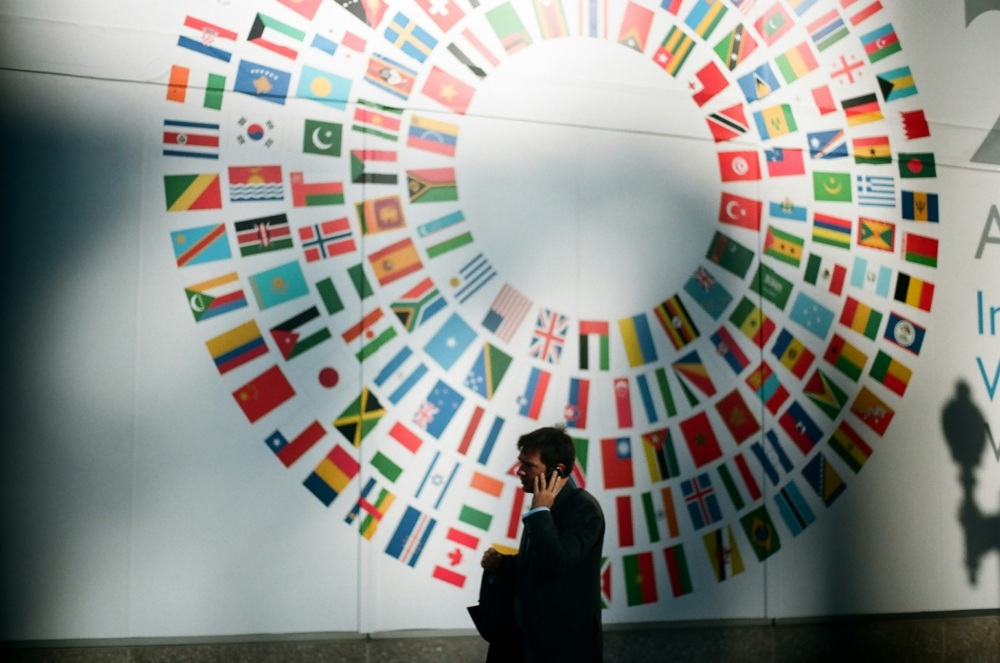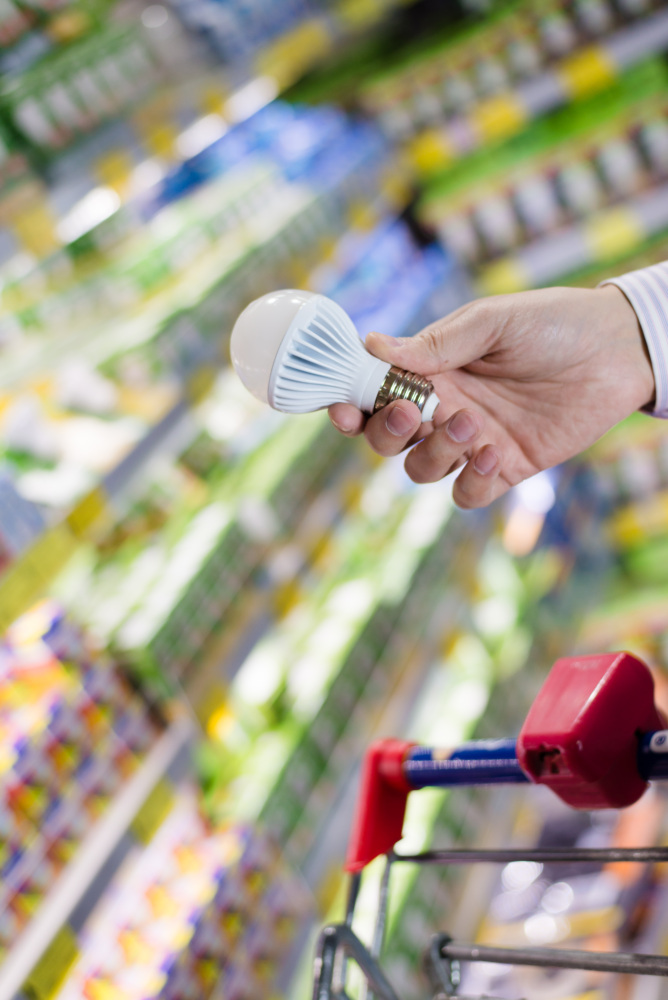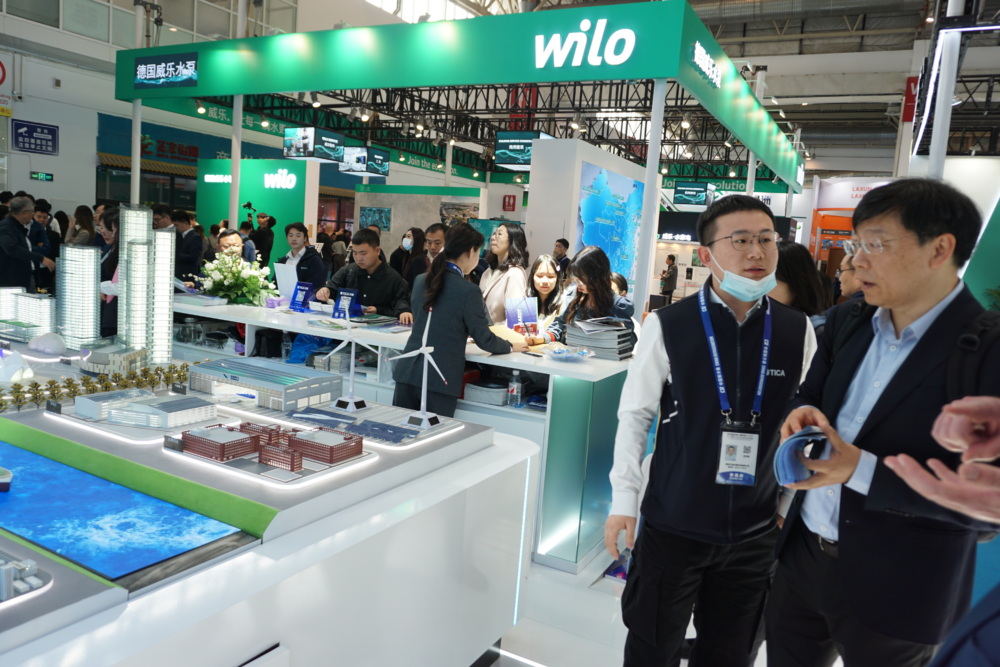Shift Appliance Standards into Neutral
Arçelik CEO Hakan Bulgurlu recommends that governments adopt technology-neutral standards to accelerate innovation & enable businesses to move rapidly to bring super-efficient appliances and equipment to customers.
Authored by Hakan Bulgurlu, CEO of Arçelik, in support of the Product Efficiency Call to Action
Countries around the world need to commit to further emissions reductions to meet the Paris Agreement target of 1.5 °C and avoid the worst effects of climate change. To aid in this challenge, the Super-Efficient Appliance Deployment Initiative (SEAD) and COP26 UN Climate Change Conference organizers have launched the Product Efficiency Call to Action. Fourteen SEAD member countries have already signed the Call to Action, pledging to double the efficiency of four commonly used appliances accounting for more than 40% of global electricity consumption.
The doubling commitment in the Call to Action is ambitious and the time is short. To meet the commitment—and not leave any CO₂ reductions on the table—countries will need technology neutral standards so that businesses can move rapidly to bring the necessary products to customers. This policy flexibility helps with S-Curve growth of markets, whilst retaining the core aims of efficiency and the associated benefits for the climate and people.
Technology neutral standards treat all appliances fairly based on performance and features, while ignoring the technologies used in the design of the products. The alternative is standards that stifle innovation by carving out separate requirements for legacy technologies. These poorly-designed standards unfairly protect products that use outdated technologies from competition with newer, more efficient technologies, resulting in unnecessary energy waste and CO₂ emissions.
The European Union (EU) and United Kingdom (UK) efficiency policies for non-directional household lamps provide a good example of this concept. These standards ignore technology, instead classifying lamps by the type of service they provide, based on brightness and other performance characteristics. This strategy allows any lamp to be sold, as long as it meets the efficiency and other performance requirements of the policy.
The lamps shown below use different technologies, but they can all produce the same amount of light when installed in a screw-base, mains-voltage socket. By mandating a minimum efficacy of 91 lumens per watt (lm/W) for the most common household lamps, the EU and UK policies ensure that consumers get efficient lighting, regardless of the technology. If a newer, more efficient technology comes along in the future, it will be able to compete on equal footing with these existing technologies, with consumers receiving the benefits of the innovation.
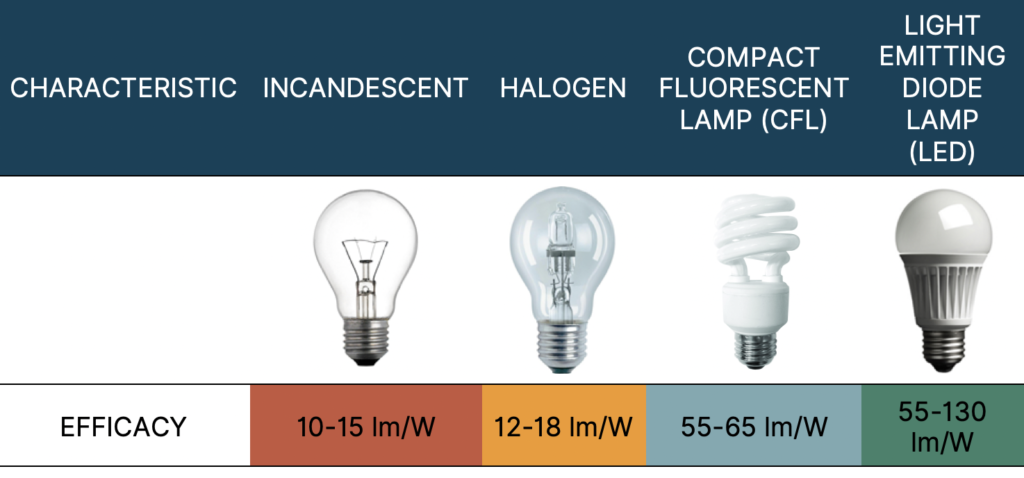
In contrast, some countries have separate policies for incandescents, CFLs, and LEDs, with different efficacy limits for each. These enable incandescent lamps and CFLs to persist on markets, even though neither is as efficient as LED. Even worse, by imposing different requirements on the different technologies, they can unfairly drive up product costs and further tilt the playing field toward inefficient legacy lighting technologies. The best way to eliminate these problems is through technology neutral standards.
The table below provides example of other appliances where efficiency policies are sometimes based on technology. Replacing such antiquated policies with technology neutral standards would benefit business, consumers, and governments by unlocking efficiency innovation, saving money, and helping countries meet climate related commitments.
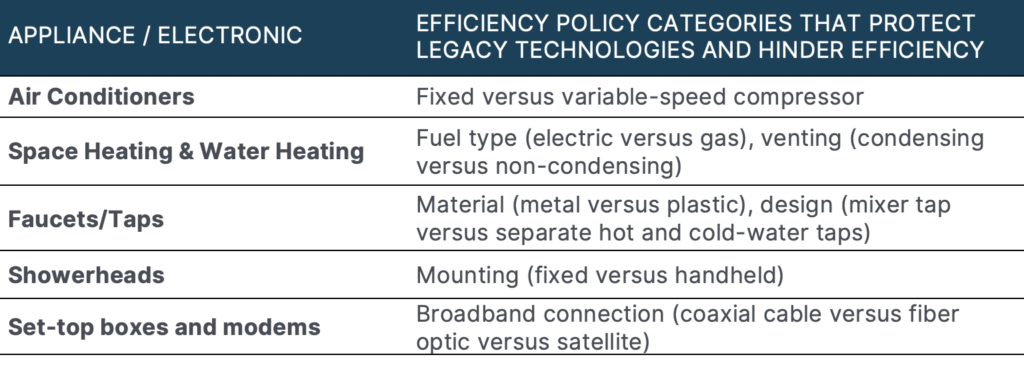
The United Nations Race to Zero is working with appliance and equipment businesses, as well as many other sectors, to help identify S-Curve opportunities and realise the ‘ambition loop’ of government policies and business action. Achieving this necessary radical collaboration is helped hugely by understanding how policy spurs innovation and deployment at scale.
The time for climate action is overdue. Removing antiquated barriers to innovation is an important step to accelerating appliance efficiency. Many countries and businesses are getting it right, but in the Race to Zero we need even more to meet the challenge. If more governments adopt technology neutral standards for lighting and other key appliances and commit to the Product Efficiency Call to Action, then businesses can race further ahead!
To join the Product Efficiency Call to Action, contact Nick Jeffrey at nicholas.jeffrey@beis.gov.uk.
Stay up to date on the Product Efficiency Call to Action by following #DoubleDownOnEfficiency across social media.
For this effort, the SEAD Initiative is joined by a consortium of partners including the International Energy Agency (IEA), UK Department for Business, Energy, and Industrial Strategy (UK BEIS), and CLASP. The Product Efficiency Call to Action is also working in partnership with EP100 and the Race to Zero to engage businesses to commit to fast action on energy efficiency.

